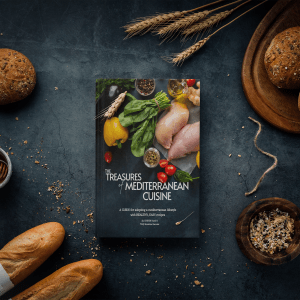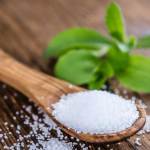Nuts are the basis of the Mediterranean diet, and therefore are very healthy and highly recommended, since they are rich in iron, vitamins, calcium, and proteins, in addition to consuming them reduces the possibility of suffering from cardiovascular diseases …
What are the benefits and properties of nuts?
Nuts are the basis of the Mediterranean diet, and therefore are very healthy and highly recommended, since they are rich in iron, vitamins, calcium, and proteins, in addition to consuming them reduces the possibility of suffering from cardiovascular diseases. They are also very suitable for when you do enough physical exercise, since they are an immediate source of energy, they are also the best snack given their high nutritional content. They can also be used in a wide variety of dishes, from starters, salads, desserts …
Below we go on to list some of the best-known nuts:
- Almonds
Almonds are, as the name suggests, the fruit of the almond tree, and we can find them in many different ways: with skin, peeled, fried, toasted, ground, or chopped … You can also find bitter almonds, which are not edible, logically, they are bitter, but they are usually used for the preparation of cakes, pasta, and some liquors.
They are rich in several types of B vitamins (Vitamins B5, B6, and B17), other vitamins in which almond is rich is D or folate, thiamine, riboflavin, niacin, and vitamin E; it also has many essential minerals, including magnesium, phosphorus, potassium, zinc, calcium, and iron.
- Cashew Nuts
The cashew is the fruit of the tree of the same name, it is also known as cashew, Indian nut, or cashew, depending on the country in which we are. Normally we find it fried, but it can also be obtained dry. They are also usually used in the kitchen, to season the dishes. They contain a high content of vitamin C, as well as vitamins B1, B2, and B5.
- Hazelnuts
Hazelnuts are the fruit of hazelnut, and they are a somewhat bitter fruit. Due to its high content of vitamin E, it helps them to endure longer in rancidity. They can be found both peeled, usually toasted, and with shell, and it is usually advisable to collect them in autumn, since in winter, they wrinkle and shrink, and take on a darker color, although they can be consumed in the same way. They are rich as I mentioned before, in vitamin E, in addition to thiamine, niacin, and high concentrations of phosphorus, calcium, and potassium. It is highly recommended to lower cholesterol, as happens to almost all nuts.
- Peanuts
Peanuts are the fruit of a plant of the pea family, and can usually be found peeled and salted, but can also be found with the peel, toasted or natural. There is also in America, peanut butter, as you can also find oil from this fruit, very soft and light. They are rich in vitamin E, vitamin B3, vitamin B1, and magnesium, and in smaller amount also contains iron, phosphorus, copper, sulfur, and sodium.
- Plums
Prunes, in our case; of course, are the fruit of the plum tree and can be found in two types, with bone, and without bone, the latter is more recommended to use in the kitchen since not carrying bone avoids finding the bone of these in the dishes. They are the most effective and natural method to improve intestinal traffic, as they have an incredible laxative effect, due to their high fiber content; highly recommended for this quality.
- Nuts
They are the fruit of walnut, and we can find them with shells or already peeled. They help prevent heart disease and are the most recommended fruit to lower cholesterol, with a high content of proteins, vitamins A, B1, B6, omega 3 fatty acids, trace elements, lecithin, and oils. They can also be used in salads and combining them with cheese.
- Pine Nuts
Pine nuts are the fruit of the pineapples produced by pine trees and are also an essential ingredient of Mediterranean cuisine in many different dishes, from stews, desserts, and sweets … Its high price is due to the difficulty of extracting these since they require specialized machinery.
They are the nut with the highest protein content, containing 31 grams of protein per 100 grams of fruit. They also retain quite a bit of fiber
- Pistachios
Pistachios are the fruit of the pistachio tree, also known as alfósigo. Normally they are usually roasted with shell, but they are also marketed as peeled and/or raw. They also contain, like many other nuts, a high fiber content, a high content of polyunsaturated fatty acids, monounsaturated and oleic acid, which contribute to lower cholesterol; in addition to potassium, calcium, phosphorus, and iron, vitamin A, B9, folic acid
Nutritional recommendations for nuts
The habitual consumption of dried vegetables in general, and nuts in particular, is beneficial for health, and therefore it is advisable to take four or five nuts daily to prevent cardiovascular diseases.
It is recommended that you chew them very well so that they are not indigestible.
In our weekly tour of the excellence of the Mediterranean diet, we stop on this occasion at another of its basic products, nuts, whose presence is manifested over the centuries in all Mediterranean civilizations. The most characteristic of the Mediterranean diet are hazelnuts, pine nuts, almonds, walnuts, chestnuts, and pistachios.







